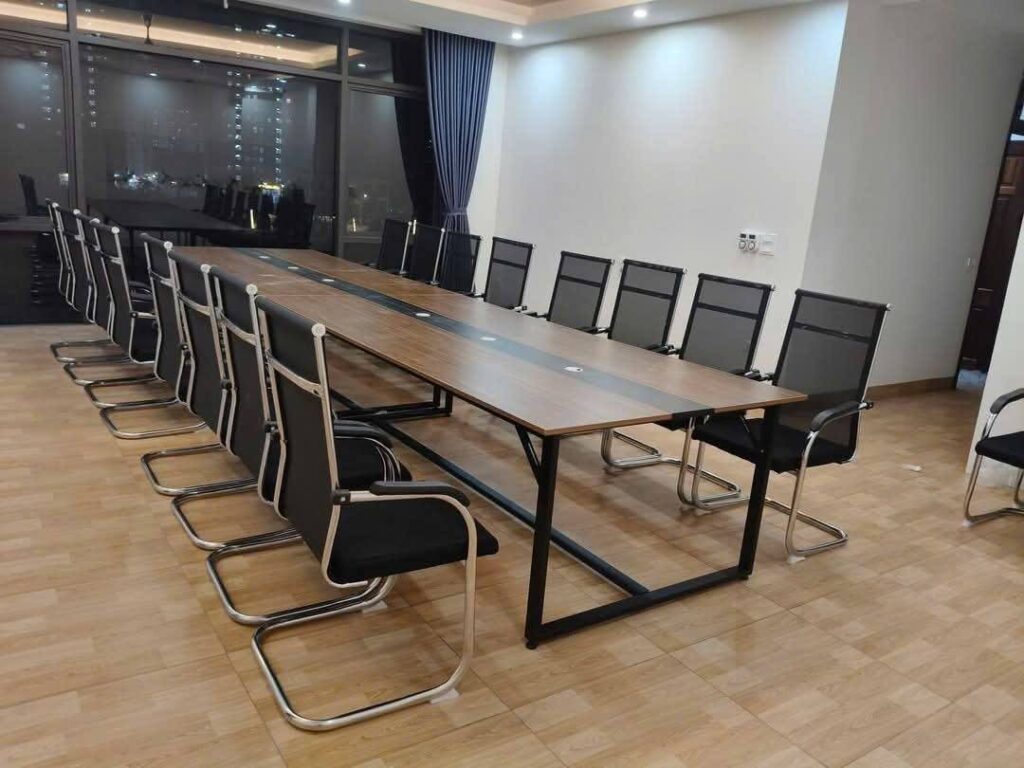How to Arrange a Small Office for Full Functionality
A small office can be both efficient and comfortable with the right arrangement. Smart furniture choices and clever layouts maximize space while ensuring functionality. This guide offers practical tips to create a compact yet fully equipped workspace using ergonomic office desks and chairs for small spaces.
Assess Your Space and Needs
Start by measuring your office dimensions. Note doors, windows, and outlets to plan furniture placement. Identify essential items like desks, chairs, and storage. Prioritize what you need for daily tasks to avoid cluttering the space.
Consider your workflow. For example, solo workers need focused setups, while teams require collaborative areas. A clear plan ensures every inch of space is used effectively.

Choose Space-Saving Furniture
Compact furniture is key in small offices. Opt for narrow desks or corner desks to fit tight spaces. Foldable or wall-mounted desks save room when not in use. Choose chairs with a small footprint but good ergonomic support.
Multi-functional furniture, like desks with built-in shelves, reduces the need for extra pieces. Durable, lightweight materials make rearranging easier as needs change.
Maximize Vertical Space
Use walls to free up floor space. Install shelves or wall-mounted cabinets for storage. Vertical organizers keep files and supplies within reach without crowding desks. This approach keeps the office tidy and spacious.
Consider tall, narrow storage units. They provide ample space for documents and equipment while occupying minimal floor area.
Create a Smart Layout
Arrange furniture to promote flow and accessibility. Place desks near windows for natural light, boosting mood and productivity. Keep pathways clear to avoid a cramped feel. Avoid placing large items in the center of the room.
Use modular furniture for flexibility. Movable desks or stackable chairs allow quick reconfiguration for meetings or individual work.
Prioritize Ergonomics
Comfort is crucial, even in small spaces. Choose chairs with adjustable height and lumbar support to reduce strain. Ensure desks are at the right height for typing and writing. Proper ergonomics prevents fatigue and boosts efficiency.
If space is tight, use monitor arms or risers to save desk space. Small adjustments make a big difference in comfort and productivity.
Optimize Lighting and Decor
Good lighting enhances a small office. Use natural light where possible and add task lighting for desks. Avoid bulky lamps; opt for slim, adjustable ones. Mirrors or light-colored walls make the space feel larger.
Keep decor minimal but impactful. A few plants or simple artwork add personality without clutter. Choose decor that complements your brand’s style.
Manage Cables and Clutter
Cables can make a small office look messy. Use cable organizers or clips to keep wires tidy. Hide power strips under desks or behind furniture. Regularly declutter to maintain a clean, professional look.
Digital storage solutions reduce the need for physical files. Cloud-based tools keep documents accessible without taking up space.
Conclusion
Arranging a small office requires careful planning and smart choices. Focus on compact, ergonomic furniture and efficient layouts. Use vertical space and minimal decor to keep the area functional and inviting. Explore ergonomic office desks and chairs for small spaces to create a workspace that’s both practical and professional.
